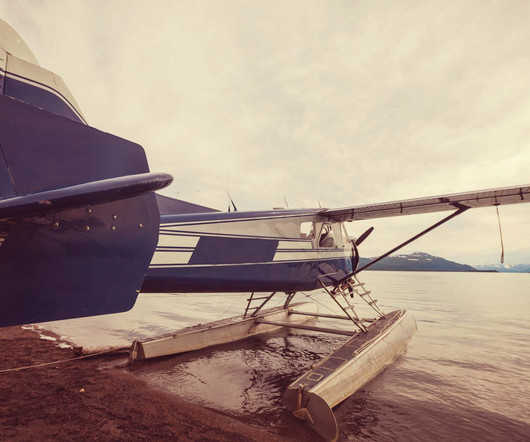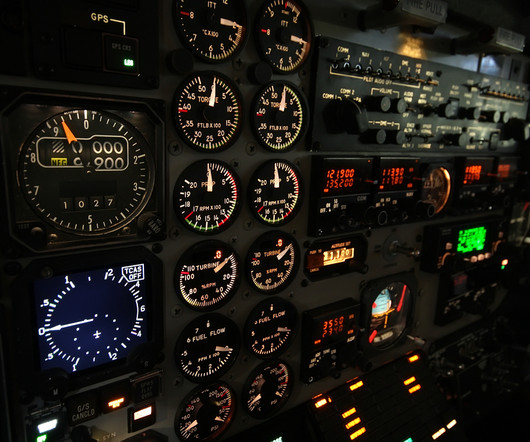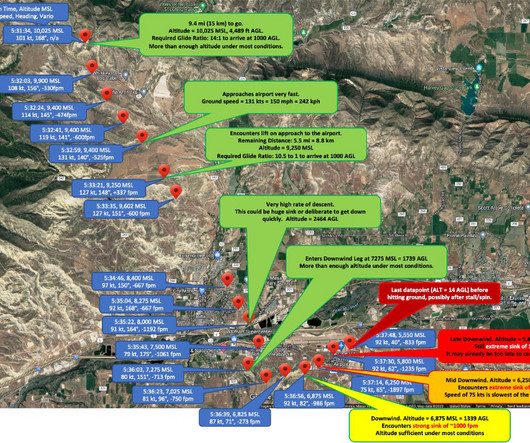E6B Made Easy: A Beginner’s Step-by-Step Guide
Pilot Institute
FEBRUARY 1, 2025
This section is also needed when youre calculating your true airspeed, which you need to know to plan your flight. Step-by-Step: How to Use the E6B for Time and Speed Calculations Calculating Time en Route Lets say were flying at a constant airspeed of 100 knots. That means our groundspeed was 90 knots.




















Let's personalize your content